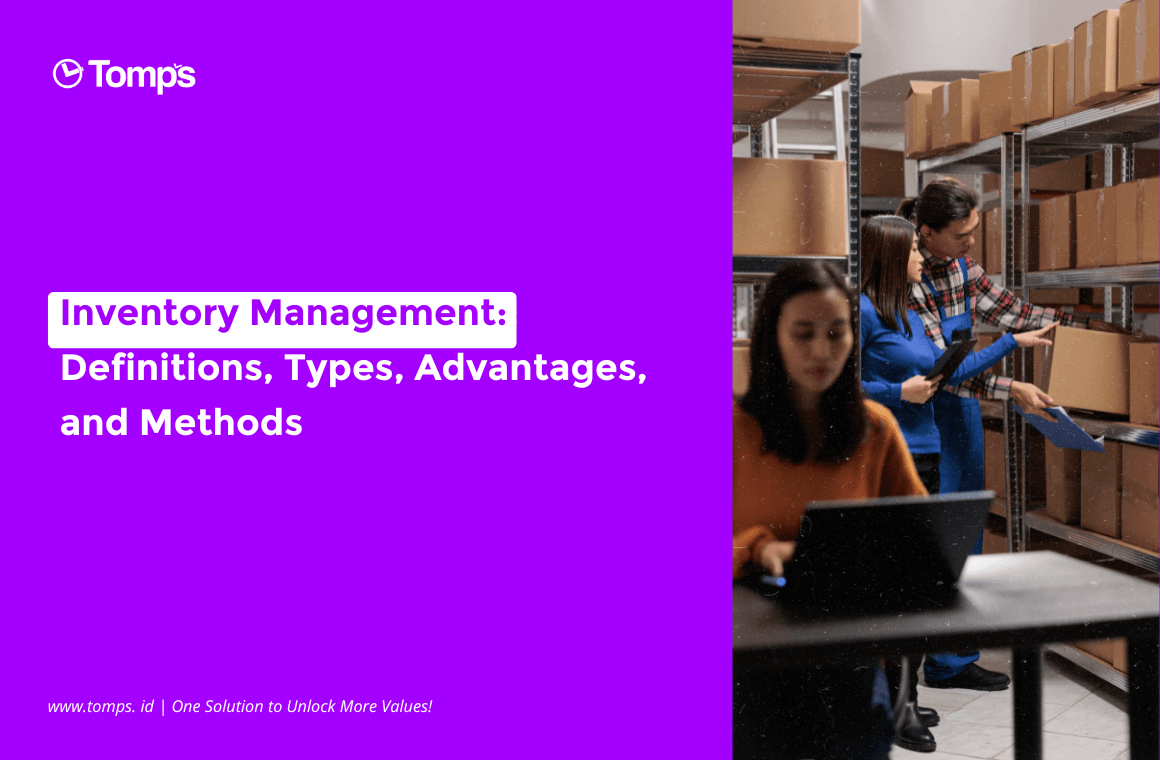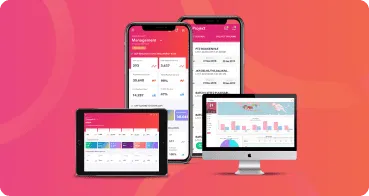Almost every company has inventories that need to be well organized for business to run smoothly. To perform well, we need a reliable inventory management system. Read the following complete inventory management explanation before choosing the best system.
What is Discovery Management?
Inventory management is the supervision of a company's inventory, including the process of production, ordering, storing, and selling products on the market. It also includes managing the inventory and processing of raw materials, components, and finished products.
Effective inventory management helps companies stay organized. The system also provides critical data to help respond to trends, avoid failures in supply chain management, and maintain profitability.
Type of Discovery Management
In general, in any company there are four types of inventory that need to be regulated, namely:
Chlorine
It's a material that will be used and processed to become a product. Raw materials are always needed in the early stages of production. Examples are metal, plastic, fabrics, wood and others. Raw materials can come from more than one supplier.
Ongoing work (WIP)
Products that are being worked on or could be called semi-finished. WIP is waiting to be completed. Production costs such as employees' wages, raw materials and equipment. These costs will then be combined into the cost of producing goods.
Products that
A finished product is a ready-to-sell product. The product is in stock and can be ordered or ready to be distributed to consumers. When the WIP is complete, the status becomes the inventory of the finished product.
Maintenance, repairs, and operating goods (MRO)
MROs are materials and equipment used in production but not counted as finished products. Friends who are on vacation to tourist places in Jogja, Tangerang, and so on.
Advantages of Inventory
Management Using a modern inventory management system has many advantages, whether it's a small or large-scale business. Among them are:
More accurate inventory
The inventory management system helps fulfil orders and track products. The system can monitor every product that enters and leaves the company during the production, storage, and sales process. Not a few inventories management systems are also a Point of Sale (POS) system. This means that the system can process payments and sales, as well as integrate with the POS system used.
Reduce Expenditure
When a company has an accurate inventory system, it can guarantee that orders are completed and prevent forgotten orders from occurring. Not a few companies rent warehouses for storage. If not properly organized, excessive storage may occur and cause more costs because unused items have to be cleaned.
Increase Productivity
Businesses that use inventory management systems can increase their productivity. When storage errors are reduced, companies can focus more on producing better products or services in faster time. Companies can allocate more important tasks to improve business performance. Production costs are even more efficient if the cost of inventory is not excessive.
Increase Customer Satisfaction
Regular and accurate inventory systems can help improve consumer experience. Consumer orders can be processed quickly and accurately, thereby directly affecting consumer satisfaction. Services like this, ifined and enhanced, will increase consumer loyalty.
Improve Business Relationships
Not only with consumers, a regular inventory management system can improve business relationships with customers, for example with suppliers and vendors.
Inventory Management Methods
Inventory management methods vary depending on the business structure and scale. Management needs to be done to improve operations by reducing waste and better managing costs. The following are commonly used inventory management methods:
Just in Time (JIT)
The aim of the JIT method is to maximize efficiency and alleviate expenditure by coordinating the arrival of inventory with the start of production.
In order for JIT to succeed, it requires good forecasting and an awake relationship with a reliable supplier. The advantages of JIT include:
- Reduces waste from unnecessary stock
- Reduces the cost of unnecesary items in the warehouse
- Avoids renting unneeded warehouses
Material Requirements Planning (MRP)
MRP method is a supply planning system that helps determine inventory requirements in meeting a product's demand. MRP will operate on demand by checking the type of material needed, how much, and the production date should be completed.
Some of the advantages of MRP are:
- Having a balanced inventory in the warehouse
- Enabling to have enough material for production
- Reducing manual processes, such as checking sales that have already taken place and checking current inventory.
Economic Order Quantity (ECQ)
The ECQ method is a formula used to calculate the optimal inventory orders to meet demand and stay in line with the budget. ECQ can be applied to any type of business, on a large or small scale. The aim is to reduce the number of overbookings and lower storage costs.
Some of the advantages of ECQ are:
- Reduces unnecessary storage
- Helps the level of inventory to fit consumer requirements
- Gives specific figures on how much inventory needs to be stored.
Day of Sales Inventory (DSI)
The DSI method is a way to monitor sales and inventory. DSI is also called the average inventory age because it calculates how long it takes a business to sell its supplies and considers how long current supplies can last.
Some of the advantages of DSI are:
- Reducing waste
- Effectively regulating cash flows
- Reduce unnecessary garbage in inventory.
Use the Best Management System
Be sure to use a reliable inventory management system to be better organized, such as Tomps. As a management system that can be used to manage projects, assets, up to buildings, Tomps offers an end-to-end system that is easy to use.
Can be monitored in real time, uploading and downloading documents is much safer and more efficient because they are stored digitally. Tomps has been trusted by Kemenkes, Kemenparekraf, Kemkominfo, Kmenko Marves, Bank Indonesia, Telkom Indonesia, and many more, so the quality of his work is undeniable. Visit his website right now to find out all the Tomps services!






